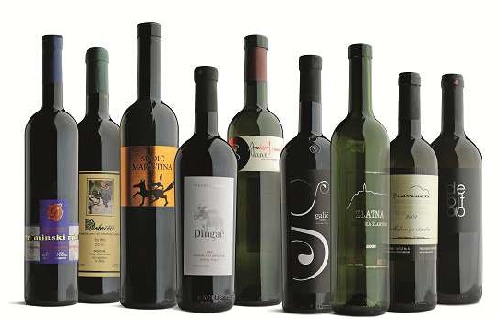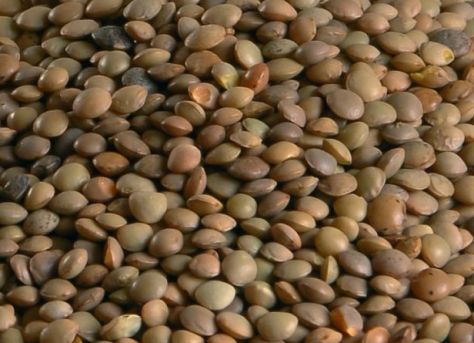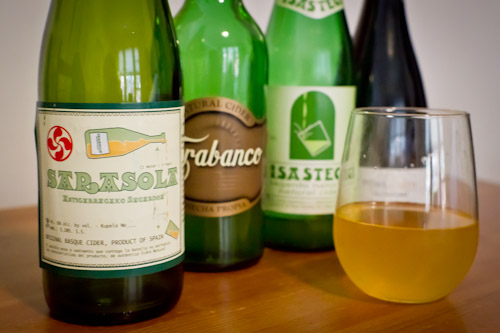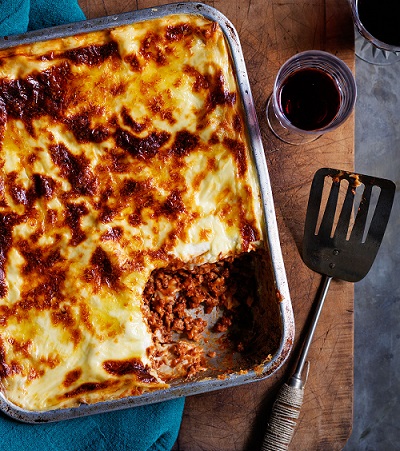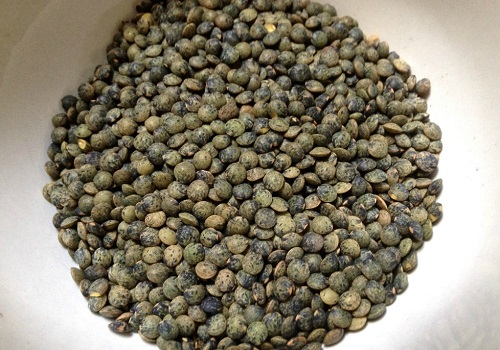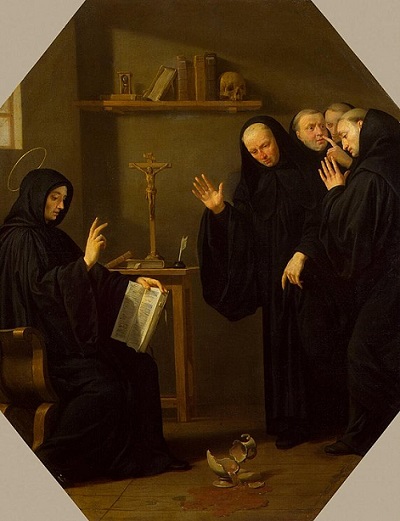Croatian wines are simply delightful and their variety and deep flavour have been impressing visitors to Croatia since the times of the ancient Greeks.
The ideal conditions for viniculture in this region were recognized by the Greeks and Romans, who produced wine often in the same places, and with similar types of grapes, as today’s vineyards. Athenian writers of the 4th century BC praised white wines from the Dalmatian island of Vis, and rudimentary Greek and Roman wine-making equipment and goblets have been found during archaeological digs.
Today there is a healthy industry producing some 50 million bottles a year in 300 geographically identifiable regions, in Slavonia. Istria, Kvarner and Dalmatia. Two-thirds of the wine produced is white, with reds mainly coming from the coast. Champagne-method wines are also produced. Large commercial concerns make high-quality wines with international reputations, but there are also many small-scale producers. Croats like to drive out to the countryside at weekends and fill up containers with fresh, inexpensive wine – in Zagreb people head for the Samobor hills.
Most of Croatia’s wine is produced near or along the coast. In the north, over 70 per cent of Istria’s production is white wine, with Muscatel and Malvazija the ones to look out for, while Teran is a reliable red, Check the local tourist office for details of wine roads and cellar open days. Further south in Dalmatia, Sibenik produces Plavina and Babić wines, as well as acceptable rosé. Neighboring Primošten makes its own excellent Babić.
The Pelješac peninsula, north of Dubrovnik, is rightly famous for its seafood, but it is also home to the Dingač, perhaps Croatia’s finest wine, as well as its most expensive. High in alcohol content, this ruby-red wine holds its own against many French and New World competitors, although the export market is still very much at an embryonic stage. Pelješac is also home to the cheaper red Plavac, which can still be a quality tipple in the hands of local producers.
Tours of the Pelješac wine makers, often just small farmers, are offered to Dubrovnik visitors, usually with a stop for a meal at Ston along the way. The Konvale wine district south of Cavtat, which produces the Dubrovnik Malvasia Blanc, can also be visited. On the end of the Pelješac peninsula is the island of Korčula, renowned for its Kaštelet, Pošip and the especially good Grk, all whites.
Vis, the island mentioned by the Athenians, today has myriad small vineyards specialising in Viški Plavac and Vugava. On the Dalmatian island of Brać, there is another version of Plavac, while Hvar has its Zlatan Plavac and Faros wines. Perhaps the best of all island wines is Vrbnička žlahtina. From the rich slopes around the town of Vrbnik, in the north of the Kvarner island of Krk, this straw-yellow wine is the perfect accompaniment to fish dishes.
Slavonia in eastern Croatia has some excellent wines, which, like the local food, are highly distinctive. Look out for the best of them all, Graševina and Kutjevo Chardonnay, both of which go well with the local fish dishes. The famous cellars at Ilok on the Danube can be visited. Slavonia also produces the oak to make wine barrels used in both Croatia and Italy.
Many Croatians choose to dilute their wine with a little plain water (a bevanda) or add a touch of sparkling mineral water (a gemišt), and Vrbnička žlahtina works well with both of these.


